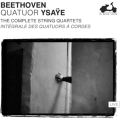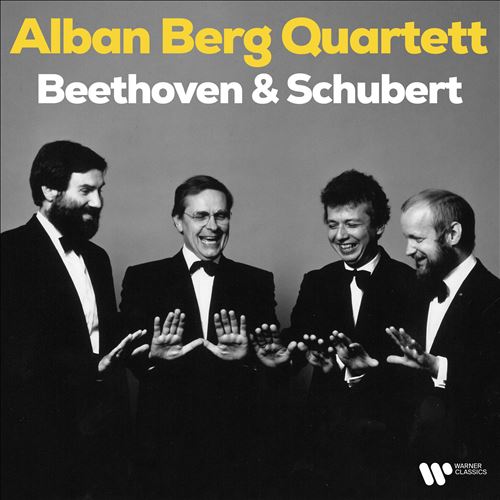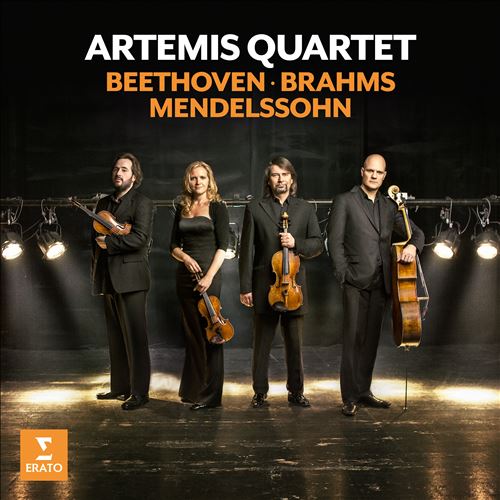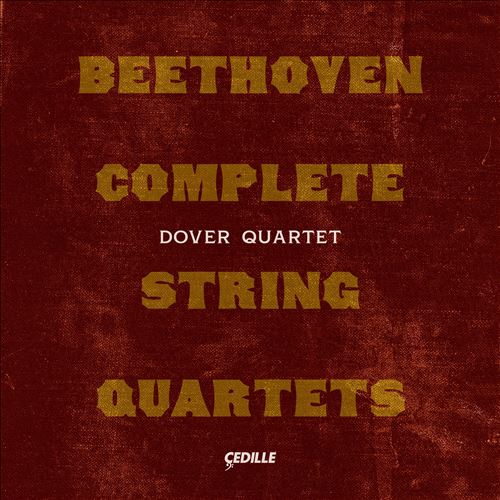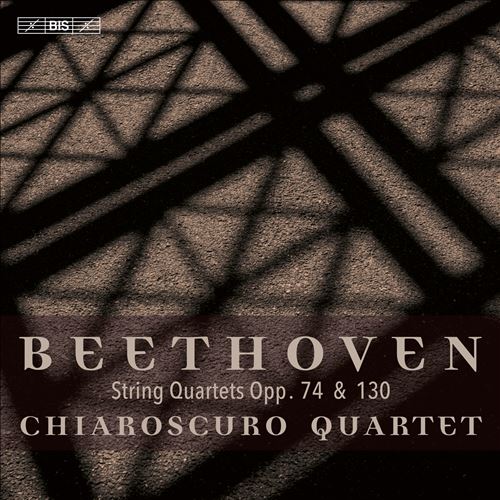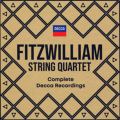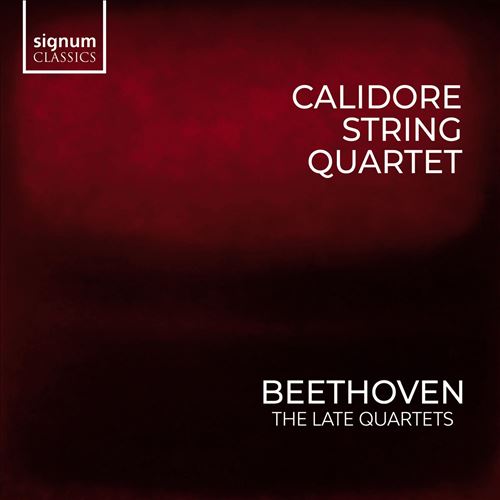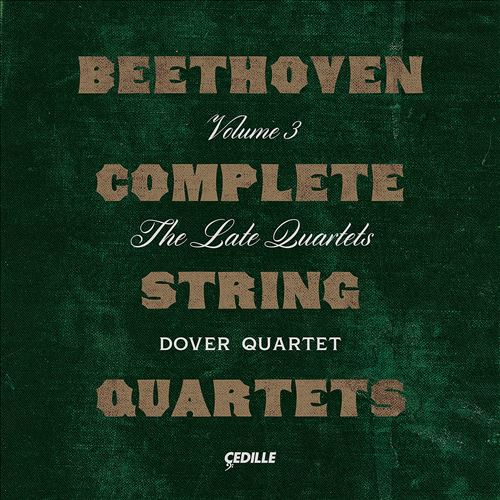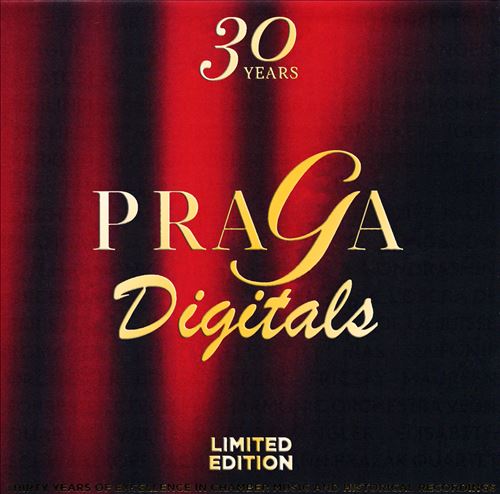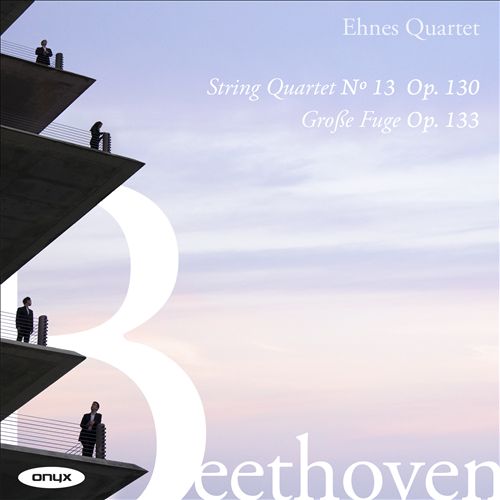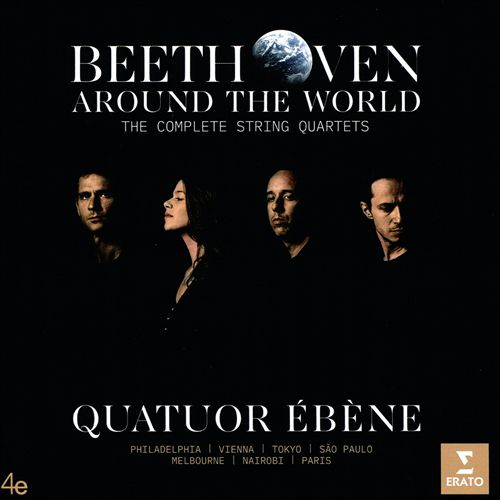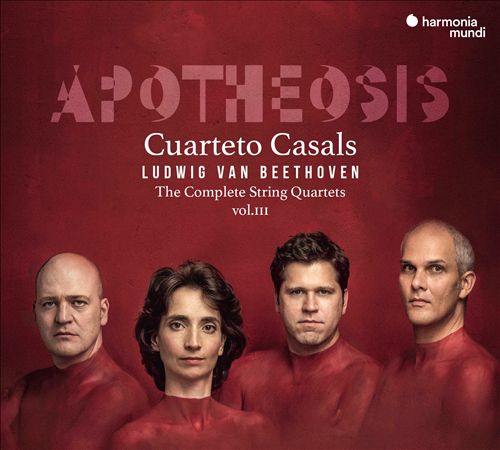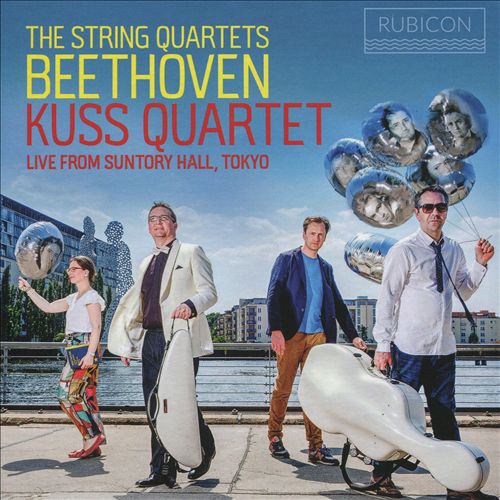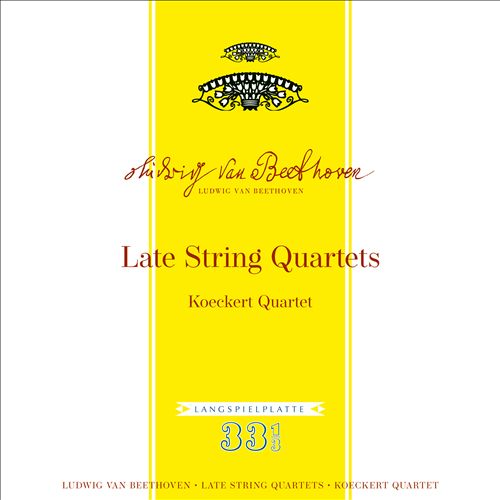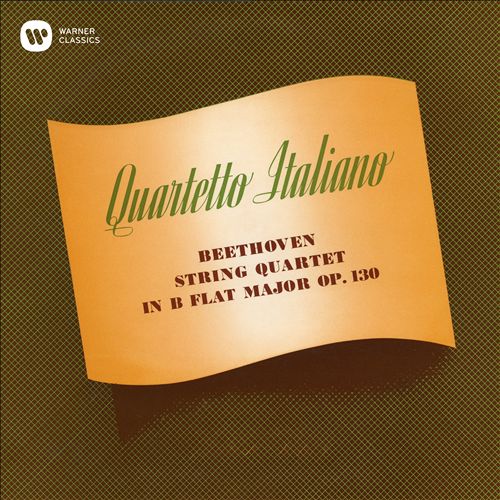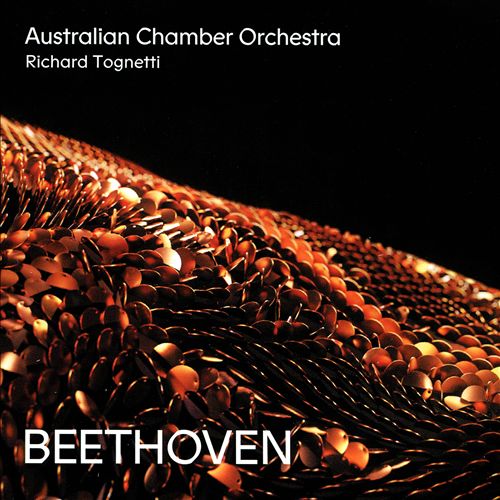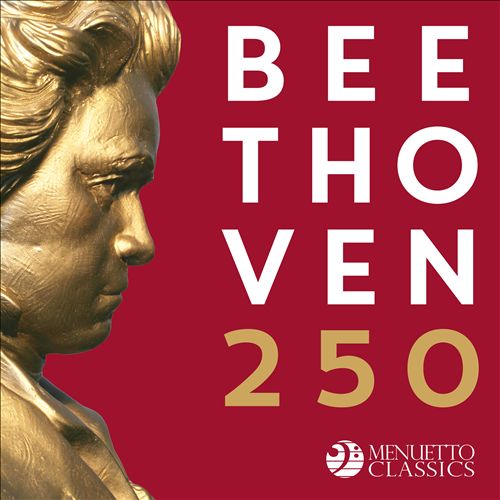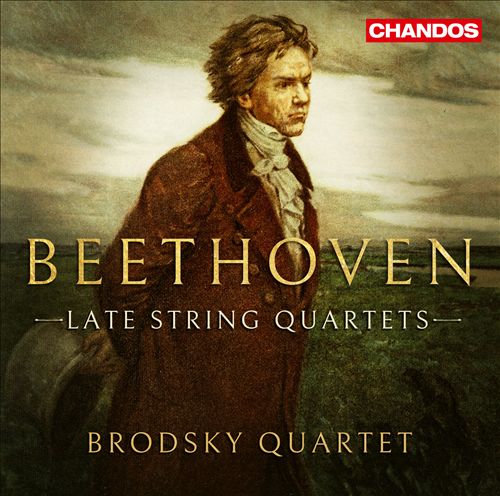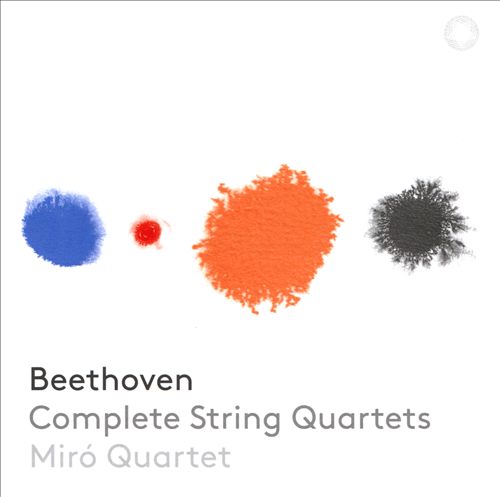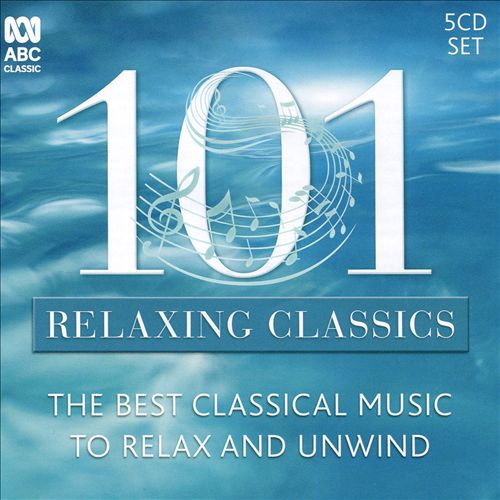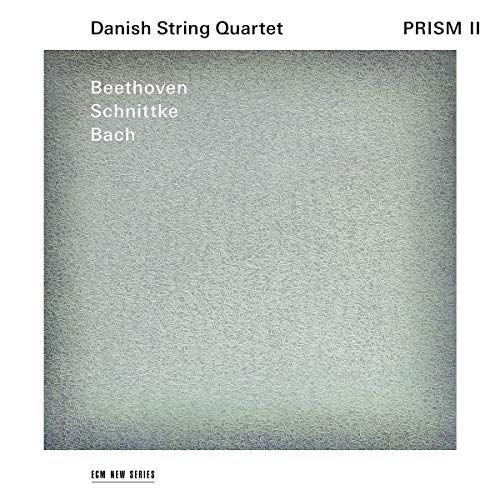Ludwig van Beethoven (루트비히 판 베토벤)
String Quartet No. 13 in B flat major, Op. 130
100
10,000
1,400
WORK INFO
작곡가: Ludwig van Beethoven (루트비히 판 베토벤)작곡년도: 1825 - 1826평균연주: 38:48악장1Adagio ma non troppo - Allegro11:492Presto1:593Andante con moto ma non troppo6:344Alla danza tedesca. Allegro assai3:145Cavatina. Adagio molto espressivo7:076Finale. Allegro9:00The String Quartet No. 13 in B♭ major, op. 130, by Ludwig van Beethoven was completed in November 1825. The number traditionally assigned to it is based on the order of its publication; it is actually Beethoven's 14th quartet in order of composition. It was premiered in March 1826 by the Schuppanzigh Quartet and dedicated to Nikolai Galitzin on its publication in 1827. Its original form consisted of six movements totalling approximately 50 minutes, as follows:Nomenclature: "danza tedesca" means "German dance", "Cavatina" a short and simple song, and "Große Fuge" means "Great Fugue" or "Grand Fugue". After the work's first performance, mixed reactions and his publisher's suggestion convinced Beethoven to substitute a different final movement, one much shorter and lighter than the enormous Große Fuge. This new finale was written between September and November 1826—and is thus the last substantial piece of composition Beethoven completed before his death. This movement is marked:
- Adagio, ma non troppo – Allegro
- Presto
- Andante con moto, ma non troppo. Poco scherzoso
- Alla danza tedesca. Allegro assai
- Cavatina. Adagio molto espressivo
- Große Fuge (Grande Fugue Op.133): Ouverture. Allegro – Meno mosso e moderato – Allegretto – Fuga. [Allegro] – Meno mosso e moderato – Allegro molto e con brio – Allegro
Beethoven never witnessed a performance of the quartet in its final form: it was premiered on April 22, 1827, almost a month after his death. The original finale was published separately under the title Große Fuge as opus 133. Modern performances sometimes follow the composer's original intentions, leaving out the substitute finale and concluding with the fugue. Beethoven composed several fugues in his later years: others can be found in the final movements of the Hammerklavier Sonata, the Ninth Symphony, the Fifth Cello Sonata and the Piano Sonata No. 31, op. 110. The work is unusual among quartets in having six movements. They follow the pattern of movements seen in the Ninth Symphony and occasionally elsewhere in Beethoven's work (opening, dance movement, slow movement, finale), except that the middle part of the cycle is repeated: opening, dance movement, slow movement, dance movement, slow movement, finale. The fifth-movement Cavatina (performed by the Budapest String Quartet) is the final piece on the "Golden Record", a phonograph record containing a broad sample of Earth's sounds, languages, and music sent into outer space in 1977 with the two unmanned Voyager probes. It is immediately after the gospel blues song "Dark Was the Night, Cold Was the Ground" by Blind Willie Johnson, a blind and a deaf musician side by side. Voyager 1 entered interstellar space in 2012; Voyager 2 is expected to do so around 2016.
- 6. Finale: Allegro
See also
- Late String Quartets (Beethoven)
Notes
- ^ http://ludwig0van0beethoven.tripod.com/beethtranscending.html
- ^ http://voyager.jpl.nasa.gov/spacecraft/music.html
From WIKIPEDIA
RELEASED ALBUMS
-
Ludwig van Beethoven: Late String QuartetsMay 16, 2025
-
Ludwig van Beethoven: Kavatine: Sonatas Op. 109, 110 & 111February 21, 2025
-
Beethoven: The Complete String QuartetsNovember 1, 2024
-
Beethoven: String Quartets, Vol. 2October 18, 2024
-
Beethoven & SchubertFebruary 9, 2024
-
Beethoven, Brahms, MendelssohnFebruary 2, 2024
-
Beethoven: Complete String QuartetsNovember 17, 2023
-
Beethoven: String Quartets, Op. 74 & 130October 20, 2023
-
Fitzwilliam Quartet: Complete Decca RecordingsApril 7, 2023
-
Beethoven: The Late QuartetsFebruary 3, 2023
-
Beethoven Complete String Quartets, Vol. 3: The Late QuartetsOctober 14, 2022
-
30 Years Praga DigitalsJanuary 28, 2022
-
Beethoven: Symphonies Nos. 3 & 6; CavatineOctober 22, 2021
-
Beethoven: String Quartet No. 13, Op. 130 & Grosse Fuge, Op. 133June 11, 2021
-
Beethoven at ChristmasDecember 4, 2020
-
Classic 100 BeethovenJuly 3, 2020
-
Beethoven Around the World: The Complete String QuartetsMay 15, 2020
-
Kaleidoscope: Beethoven TranscriptionsApril 17, 2020
-
Apotheosis: Beethoven - Complete String Quartets, Vol. 3April 10, 2020
-
Beethoven: String Quartets Opp. 132 & 130/133April 3, 2020
-
Beethoven: The String Quartets - Live from Suntory Hall, TokyoMarch 27, 2020
-
Ludwig van Beethoven: Late String QuartetsFebruary 28, 2020
-
Beethoven: String Quartet in B flat major Op. 130February 21, 2020
-
BeethovenFebruary 7, 2020
-
Beethoven 250 [Menuetto Classics]January 17, 2020
-
Beethoven: Late String QuartetsJanuary 3, 2020
-
Beethoven: Complete String QuartetsNovember 15, 2019
-
101 Relaxing Classics [ABC Classic]November 15, 2019
-
Prism II: Beethoven, Schnittke, BachSeptember 13, 2019
-
On Chesil Beach [Original Motion Picture Soundtrack]May 18, 2018
ALBUM MUSIC
WORKS SHOUTS




